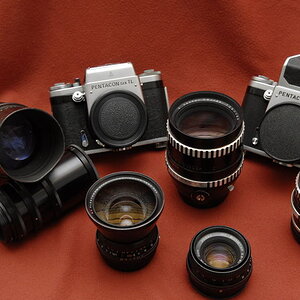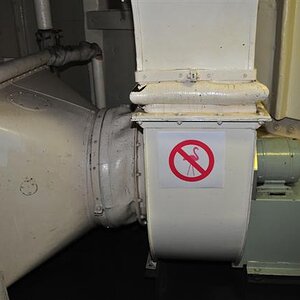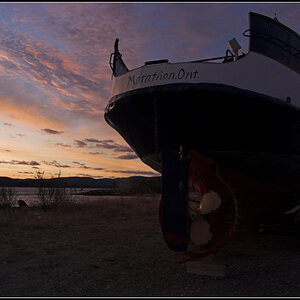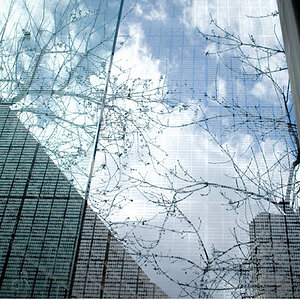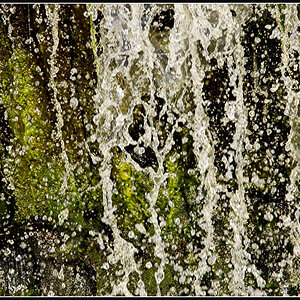panzershreck
TPF Noob!
anybody care to explain this to me?
I understand that Exposure Value corresponds to aperture and shutter speed to get similar exposures, 100 ISO is a 1 to 1 ratio, and each film speed greater or lower is 1 fstop difference (ISO 400 = +2 fstops, ISO 50 is -1 fstop), and that EV also operates in the same fashion corresponding to the LV (on a scale, EV 0 = f1.0 at 1sec)
Light Value is the light level reflected by an object (black would be less than white), and is measured in a scale (commonly LV18 for a lot of light through negative LV's for night)
therefore, an LV of say 14 would be EV 14 for ISO 100 (1/125 @ f/11), EV 13 for ISO 50, and EV 16 for ISO 400, etc.
is this correct?
I understand that Exposure Value corresponds to aperture and shutter speed to get similar exposures, 100 ISO is a 1 to 1 ratio, and each film speed greater or lower is 1 fstop difference (ISO 400 = +2 fstops, ISO 50 is -1 fstop), and that EV also operates in the same fashion corresponding to the LV (on a scale, EV 0 = f1.0 at 1sec)
Light Value is the light level reflected by an object (black would be less than white), and is measured in a scale (commonly LV18 for a lot of light through negative LV's for night)
therefore, an LV of say 14 would be EV 14 for ISO 100 (1/125 @ f/11), EV 13 for ISO 50, and EV 16 for ISO 400, etc.
is this correct?



